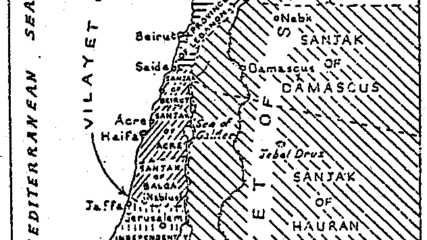December 6, 2007
An Israeli archaeological dig discovers the remains of a 2,000-year-old mansion in the Old City of Jerusalem that is believed to have belonged to Queen Helene of Adiabene. Archaeologists say the building was two stories tall and was demolished by the Romans during the Great Jewish Revolt in 70 C.E.
The structure is found during a six-month dig at a parking lot outside the walls of the Old City near the Dung Gate. The Israel Antiquities Authority archaeological team, under the direction of Doron Ben-Ami, identifies a 16-foot wall, living quarters, ancient coins, ritual baths, ceramics, storerooms and frescoes. Ben-Ami says the evidence supports the identification with Helene of Adiabene.
Helene was the sister and wife of King Monabazus Bazaeus and converted to Judaism with other family members in the first century C.E. Adiabene was a Persian province in what is now northern Iraq. Flavius Josephus in his “Antiquities” describes Helene as a protective mother who, after discovering the teachings of Judaism and converting, made a pilgrimage to Jerusalem to sacrifice in the Second Temple in 46 or 47 C.E. Finding Jerusalem’s poor living in awful conditions, she decided to help them by buying bread from Egypt and figs from Cyprus. She also donated a gold chandelier and tablet to the Temple. The Talmud several times mentions her kindness to the poor and support for rabbis.
Helene spent most of the rest of her life traveling between Jerusalem, where she had a palace built, and Adiabene, where she died around 55 C.E. She was buried in Jerusalem. A French archaeologist, Louis Felicien Caignart de Saulcy, discovered her tomb in the middle of the 19th century and brought her body to France.









